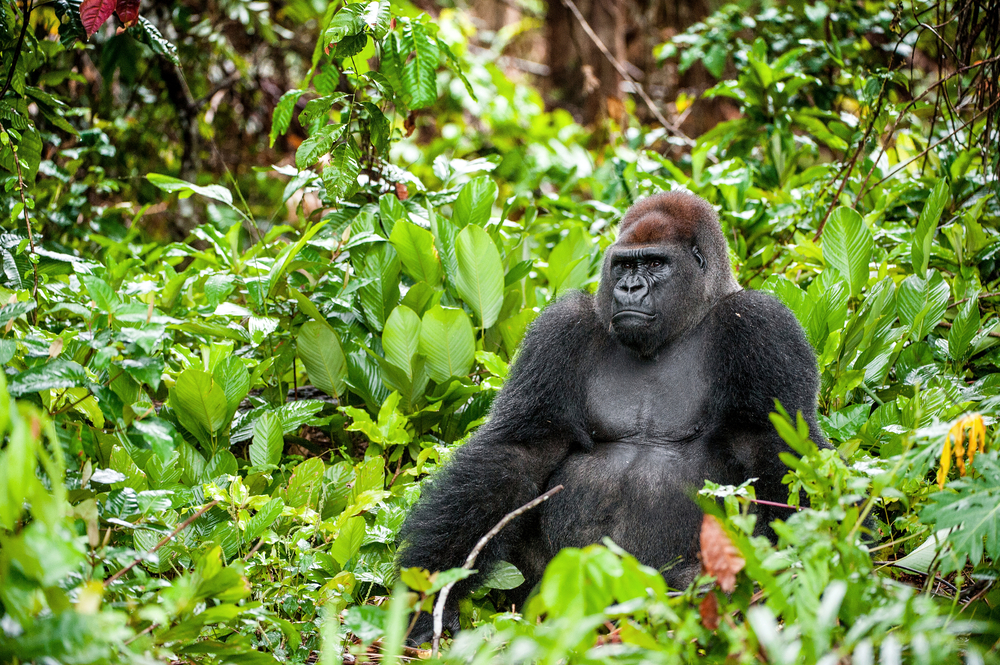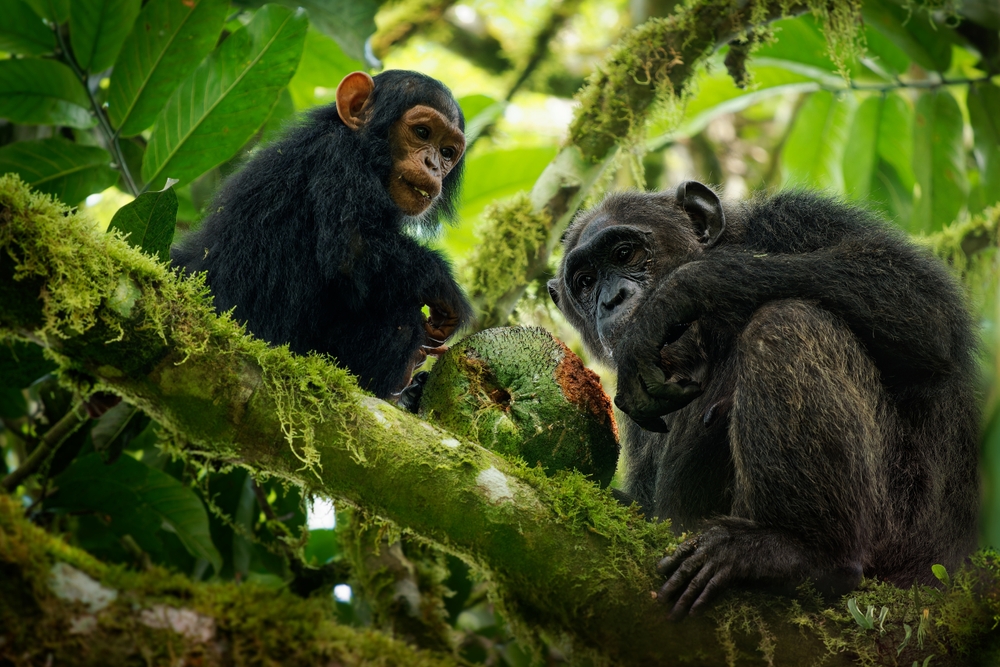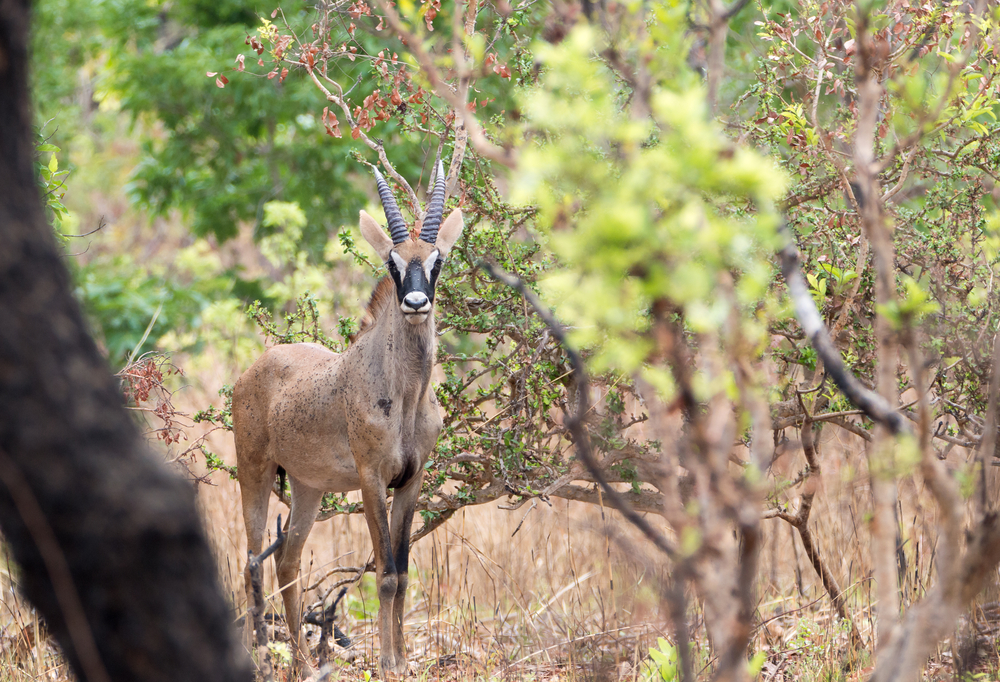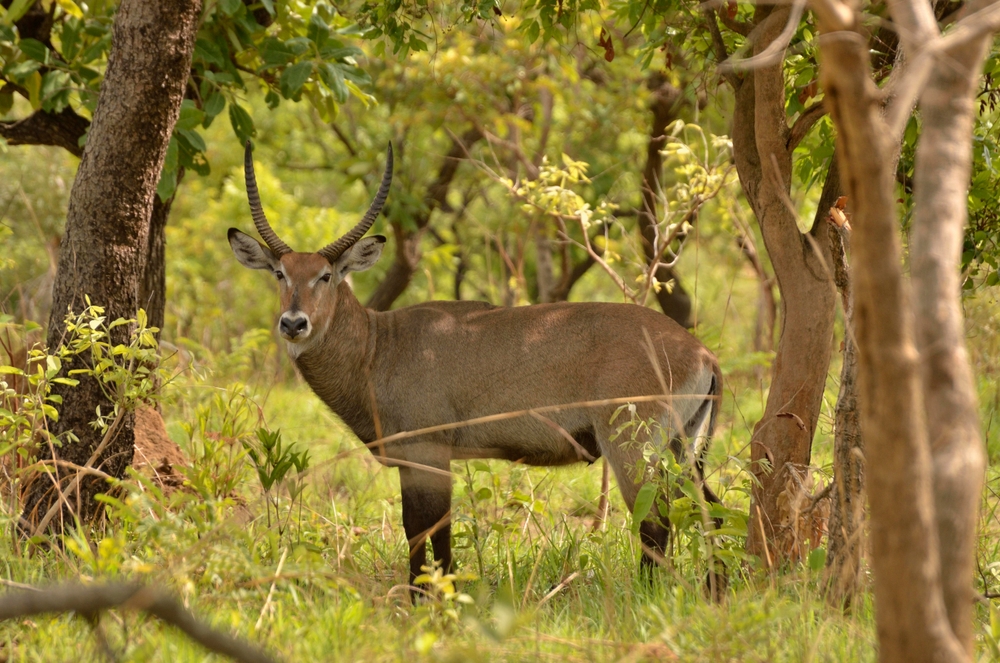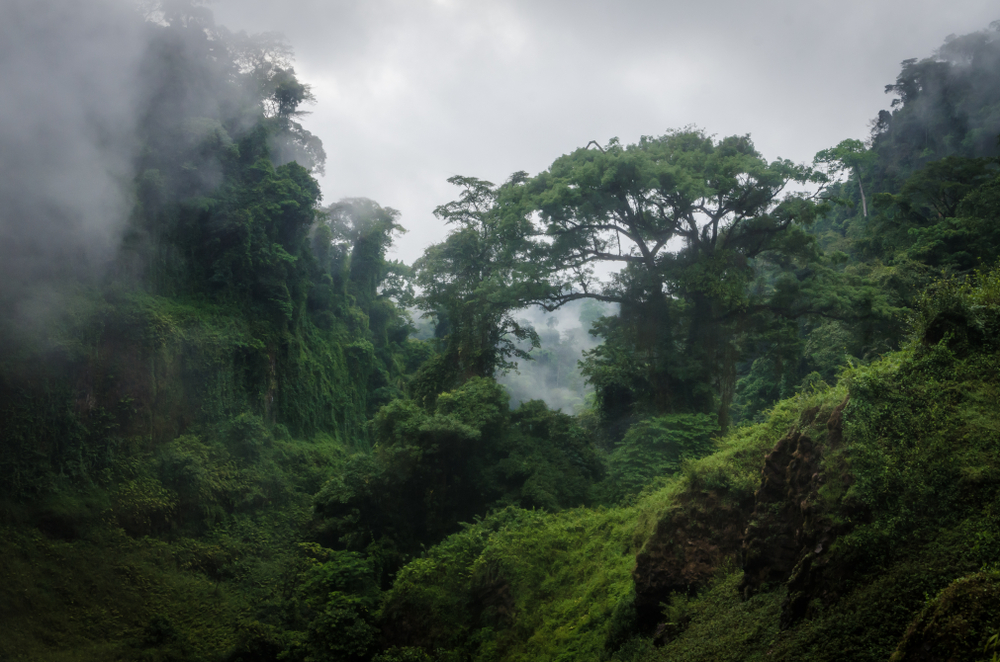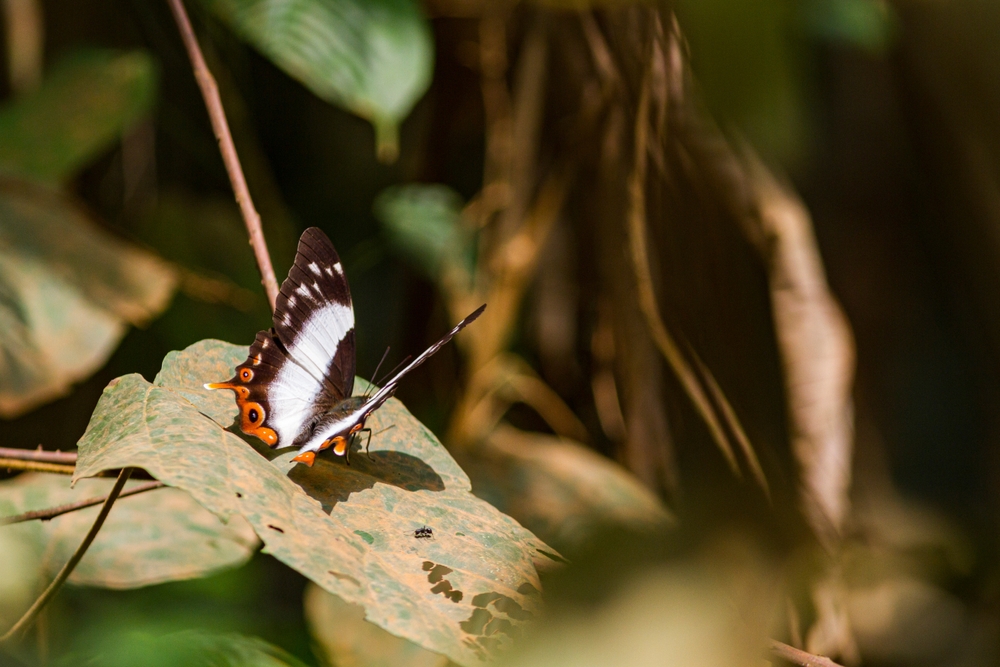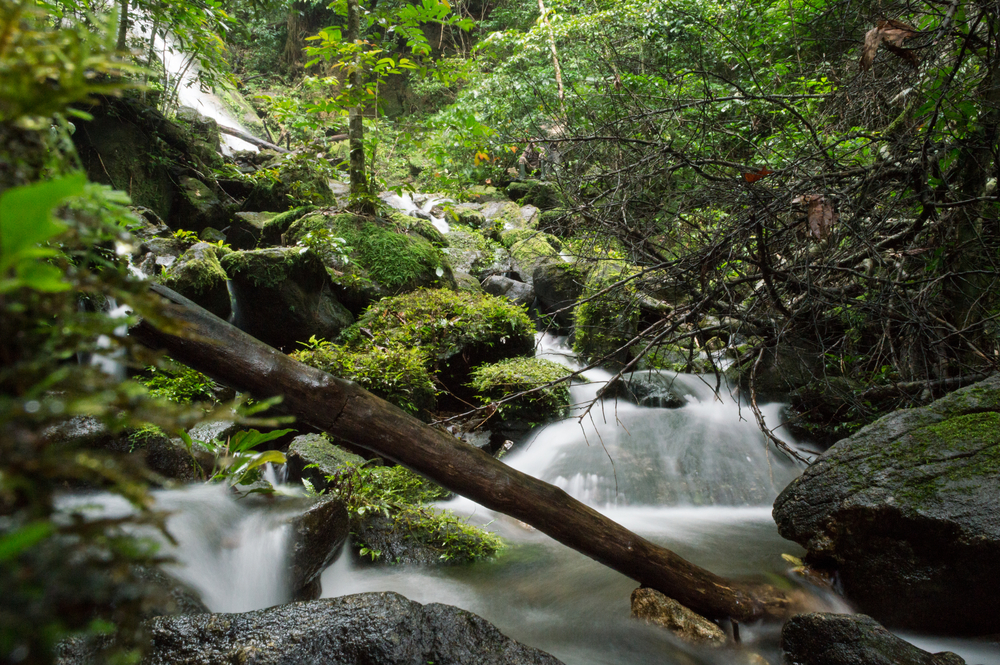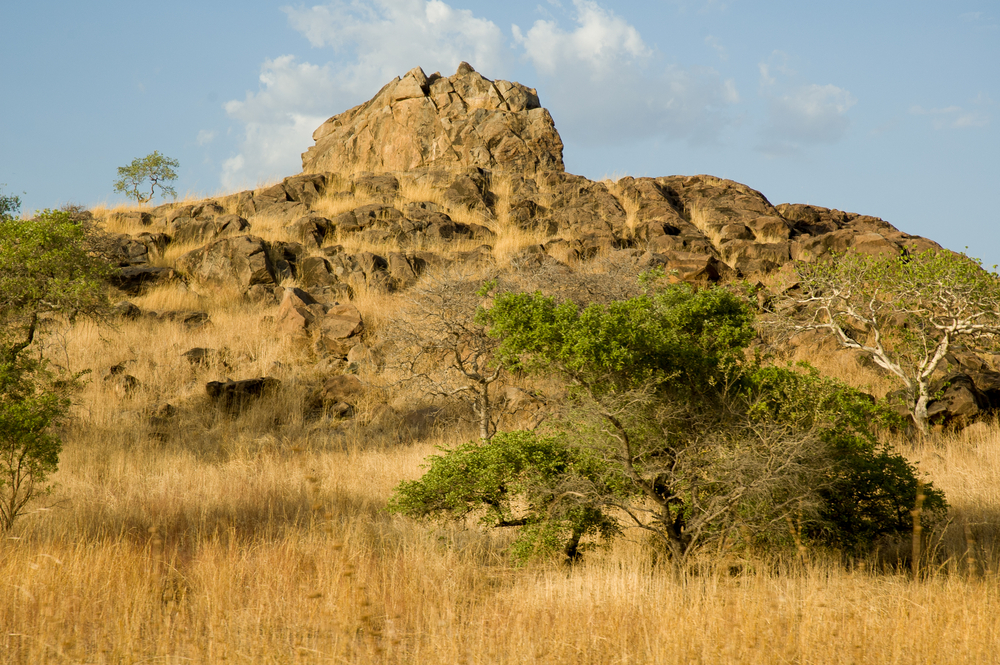Deng Deng Overview
Deng Deng National Park, located in the eastern region of Cameroon, is a critical conservation area established in 2010. Known locally as “Parc National de Deng Deng”, it spans approximately 682 square kilometers (263 square miles) and serves as a vital link between Cameroon’s lowland forests and the Adamawa Plateau. The park was created to protect its rich biodiversity, including critical populations of endangered species, while preserving its unique ecosystems and supporting local communities.
The park’s terrain is characterized by a mix of lowland tropical rainforests, savannas, and rolling hills. Seasonal rivers and wetlands flow through the park, creating lush riparian habitats that support diverse wildlife. The dense forest canopy, interspersed with grassy clearings, provides shelter and sustenance for the park’s inhabitants. Vegetation in Deng Deng includes hardwood trees, lianas, and a variety of shrubs and grasses, forming a mosaic of ecosystems that thrive in the region’s humid climate.
Deng Deng National Park is renowned for its population of western lowland gorillas, one of the park’s flagship species and a focus of global conservation efforts. Other notable mammals include chimpanzees, elephants, buffalo, and antelope species like duikers. The park is also home to a rich variety of birdlife, including hornbills, parrots, and turacos. Reptiles and amphibians thrive in its rivers and wetlands, contributing to the park’s ecological diversity.
Visitors to Deng Deng National Park can engage with its natural beauty through guided forest treks and wildlife observation tours. Tracking gorillas and chimpanzees is a highlight for many, offering a rare chance to observe these primates in their natural habitat. Birdwatching enthusiasts will find the park particularly appealing, given its avian diversity. Educational tours and community interactions provide insights into local conservation efforts and the traditional lifestyles of nearby communities, enriching the visitor experience.
Despite its ecological importance, Deng Deng National Park faces significant challenges. Illegal logging, poaching, and agricultural encroachment threaten its delicate ecosystems and wildlife populations. Human-wildlife conflict has also emerged as a pressing issue as communities expand agricultural activities near the park’s boundaries. The construction of the Lom Pangar Dam nearby has altered the region’s hydrology, affecting both ecosystems and local livelihoods. Conservation efforts led by the Cameroonian government, in partnership with international organizations, focus on habitat restoration, anti-poaching patrols, and community-based initiatives. Eco-tourism is promoted as a sustainable way to generate income and raise awareness about the park’s importance.
Deng Deng National Park is a vital part of Cameroon’s natural heritage, representing a sanctuary for endangered species and a symbol of the country’s commitment to biodiversity conservation. Its diverse landscapes, rare wildlife, and cultural significance make it an essential area for protection. Safeguarding Deng Deng ensures the survival of its unique ecosystems and contributes to the broader efforts to conserve the biodiversity of Central Africa.








































































